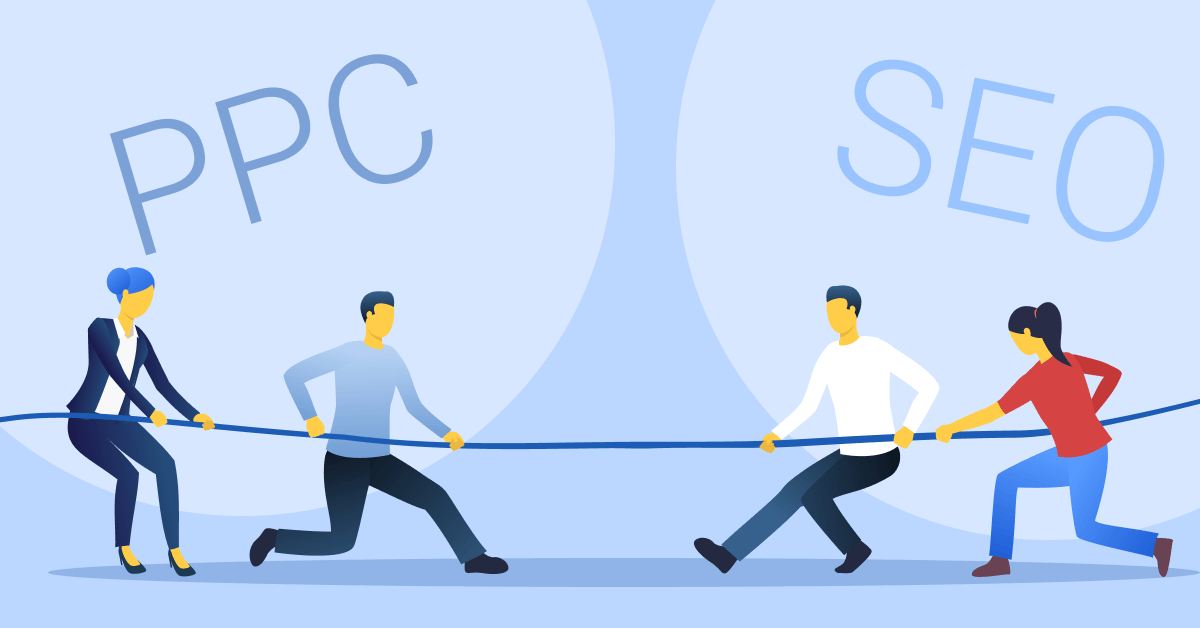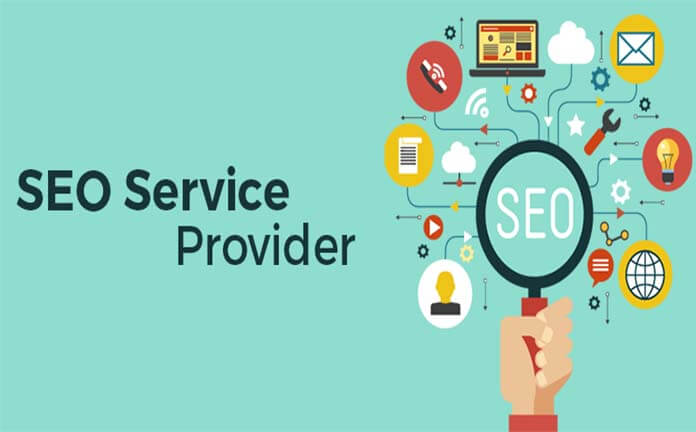In the vast realm of digital marketing, two powerful strategies stand out: Pay Per Click (PPC) and Search Engine Optimization (SEO). Both PPC and SEO aim to enhance a website’s visibility in search engine results and attract relevant traffic. However, they employ different approaches and offer distinct advantages and limitations. In this article, we will compare PPC and SEO, highlighting their key characteristics to help you determine which strategy is best suited for your business.
- Understanding Pay Per Click (PPC):
PPC is a digital advertising model where advertisers pay a fee each time a user clicks on their ad. These ads are displayed prominently on search engine results pages, typically above or below organic search results. PPC platforms, such as Google Ads and Microsoft Advertising, allow advertisers to bid on keywords related to their business and target specific demographics and locations.
Advantages of PPC:
a) Instant Visibility: PPC ads can appear at the top of search results immediately after launching a campaign, providing instant visibility to your target audience.
b) Control over Budget: Advertisers can set daily or monthly budgets, ensuring they have complete control over their advertising expenses.
c) Precise Targeting: PPC allows precise audience targeting based on demographics, locations, interests, and user behavior, increasing the relevance of ads.
Limitations of PPC:
a) Costly: PPC campaigns can become expensive, particularly for competitive keywords, which might lead to a higher cost per click (CPC).
b) Short-Term Results: PPC offers immediate visibility, but traffic stops once the campaign ends or the budget is depleted.
- Understanding Search Engine Optimization (SEO):
SEO involves optimizing a website’s content, structure, and technical aspects to rank higher in organic search engine results. It focuses on providing value to users, improving user experience, and earning backlinks from other reputable websites. SEO is a long-term strategy that requires consistency and ongoing efforts to achieve sustainable results.
Advantages of SEO:
a) Organic Traffic: Once a website achieves higher rankings through SEO, it can attract continuous organic traffic without incurring additional costs per click.
b) Credibility and Trust: Websites ranking higher organically are often perceived as more trustworthy and credible by users.
c) Long-Term Sustainability: SEO efforts can lead to sustained visibility and traffic over time, even after the initial optimization work.
Limitations of SEO:
a) Time-Consuming: SEO is a gradual process and may take weeks or months to see significant improvements in rankings.
b) Unpredictable Rankings: Search engine algorithms are constantly evolving, making it challenging to predict and maintain consistent rankings.
c) Competitiveness: SEO can be highly competitive, especially in saturated industries, making it harder to outrank established competitors.
Choosing the Right Strategy for Your Business:
The decision between PPC and SEO depends on your business goals, budget, and timeline. If you seek immediate visibility and have a flexible budget, PPC can be a great way to jump-start your marketing efforts. On the other hand, if you aim for sustainable, long-term results and are willing to invest in a comprehensive marketing strategy, SEO can provide continuous organic traffic and brand credibility.
In many cases, a combination of both PPC and SEO can yield optimal results, as each strategy complements the other. A well-balanced approach can help you maximize your reach, generate quality leads, and achieve long-term success in the competitive digital landscape. Ultimately, understanding the strengths and limitations of PPC and SEO will empower you to make informed decisions and create an effective digital marketing strategy tailored to your business’s unique needs.



